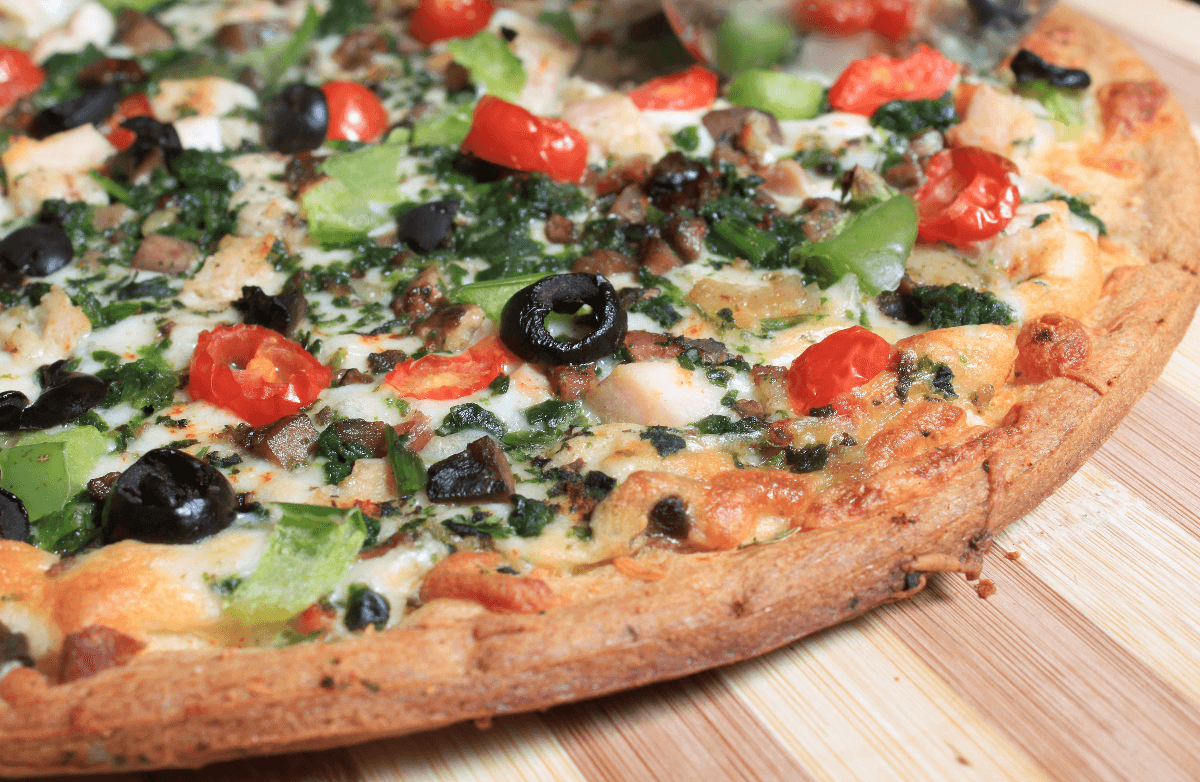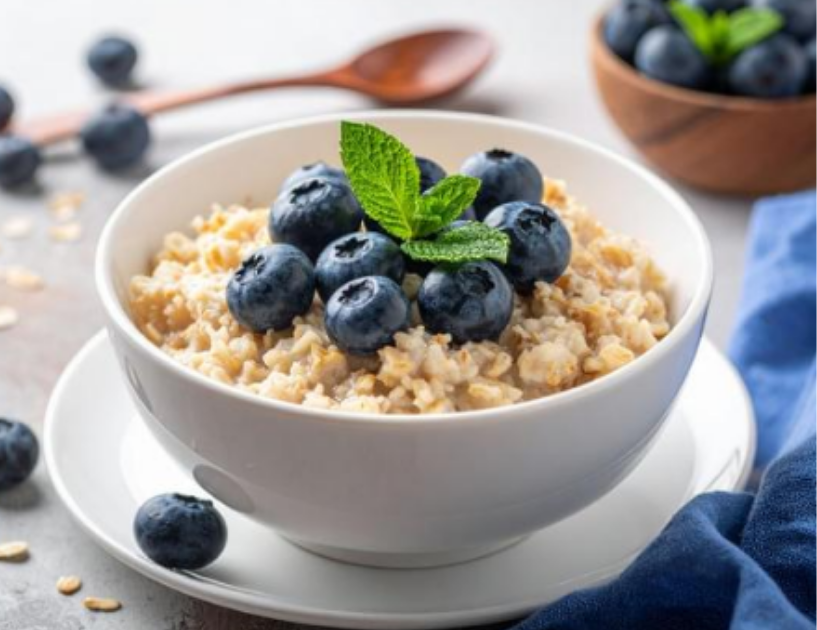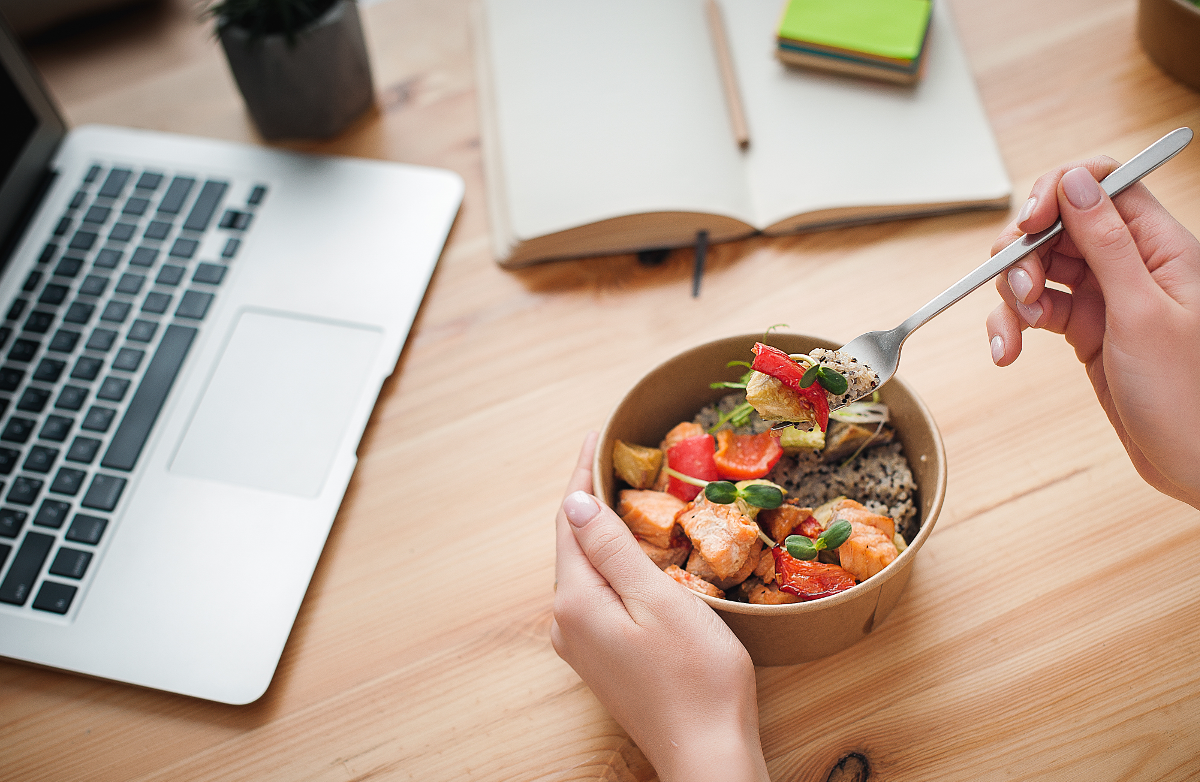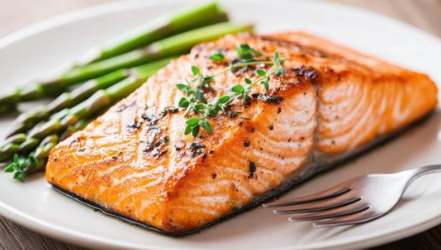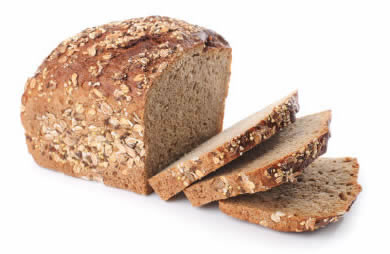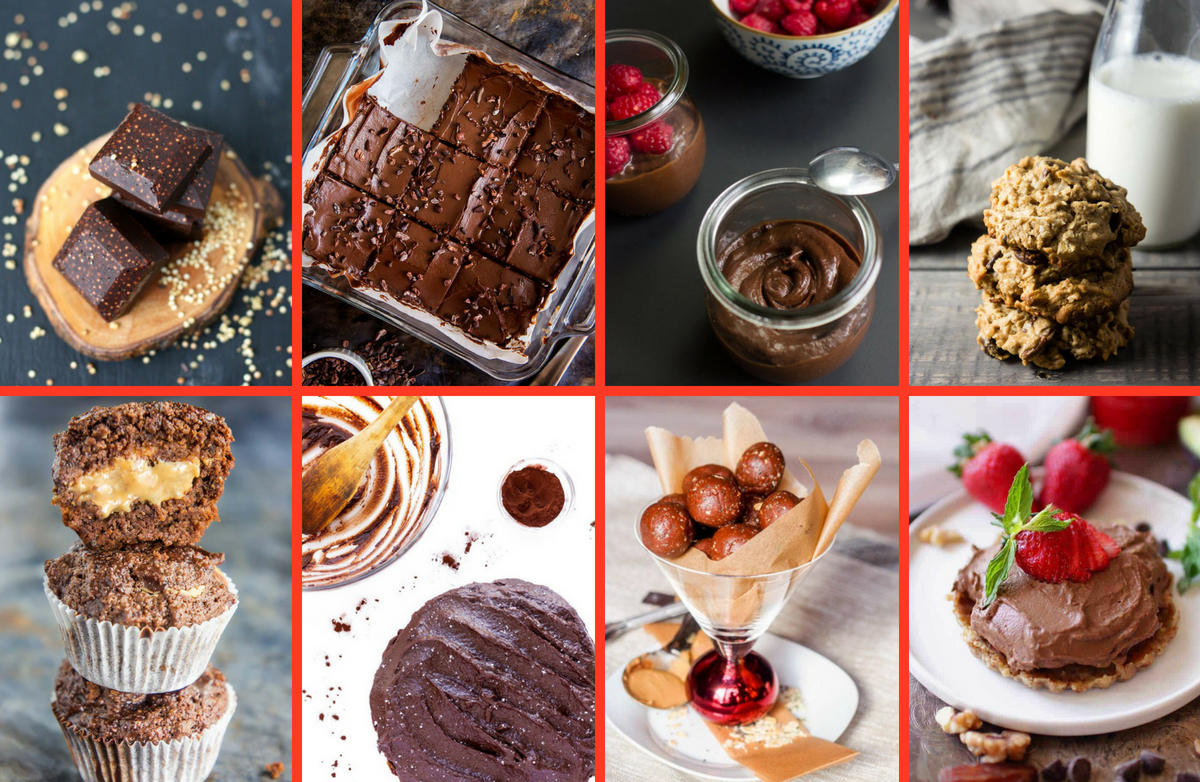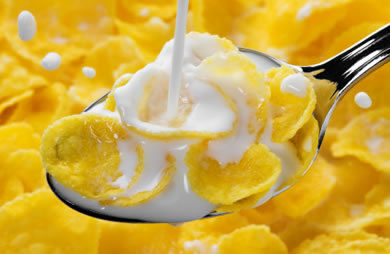Smoothies can be one of the easiest and most enjoyable ways to boost your nutrition—especially on busy days when cooking a full meal isn’t an option. Whether you’re fueling up after a workout, looking for a quick breakfast, or simply trying to add more fruits and vegetables to your day, smoothies can be customized to meet almost any health goal.
As a health coach, I often remind members that smoothies aren’t just about tossing fruit in a blender. With the right balance of ingredients, they can provide long-lasting energy, support gut health, and even help with weight management.
The Building Blocks of a Balanced Smoothie
- Start with a liquid base: Your choice of liquid can affect both texture and nutrition. Try water or coconut water for a lighter option, milk or fortified plant-based milks (like soy or almond milk) for extra protein and calcium, or 100% fruit juice (in moderation) for added sweetness.
- Add fruits and vegetables: Fruits bring natural sweetness, while vegetables add fiber, vitamins, and minerals. Try a mix such as bananas, berries, mango, pineapple, or apples for fruits, and spinach, kale, cucumber, or frozen cauliflower for vegetables.
- Include a protein source: Protein helps you feel full and supports muscle recovery. Options include Greek yogurt or cottage cheese, protein powder (whey, soy, or pea-based), or nut and seed butter.
- Add healthy fats: Healthy fats help absorb vitamins and keep you satisfied. Add avocado, chia seeds, flaxseed, nuts, or nut butter.
- Boost with extras: Depending on your goals, you can enhance your smoothie with oats or cooked quinoa for fiber, cocoa powder or cinnamon for flavor, or ginger and turmeric for anti-inflammatory benefits.
Tips for a Healthier Smoothie
Watch the portions—even healthy ingredients can add up in calories and sugar. Keep serving sizes balanced: about one cup of fruit, one cup of veggies, and one to one-and-a-half cups of liquid. Skip added sweeteners—fruit adds natural sweetness, so there’s no need for extra sugar or syrups. Use frozen produce—it makes your smoothie cold and thick without needing ice and is just as nutritious as fresh. Blend and enjoy right away for the best flavor, or prep ingredients in freezer bags for a quick grab-and-blend option later.
Smoothie Ideas to Get You Started
- Green Glow Smoothie: 1 cup spinach, ½ banana, ½ cup frozen mango, 1 cup unsweetened almond milk, 1 tablespoon chia seeds.
- Berry Protein Power: 1 cup mixed berries, ½ cup Greek yogurt, 1 tablespoon peanut butter, 1 cup milk or soy milk, optional handful of oats for extra fiber.
- Tropical Gut Booster: 1 cup pineapple, ½ cup kefir or yogurt with live cultures, 1 small piece fresh ginger, ½ cup spinach, 1 cup coconut water.
The Bottom Line
Smoothies can be a powerful tool for improving your nutrition—when made thoughtfully. Focus on balance: include protein, healthy fats, and fiber to turn your smoothie into a satisfying meal or snack, not just a drink. Small changes, like blending in a handful of spinach or swapping juice for milk, can make a big difference in your energy and overall well-being. So dust off that blender and start experimenting—you might be surprised by how delicious good nutrition can taste!





